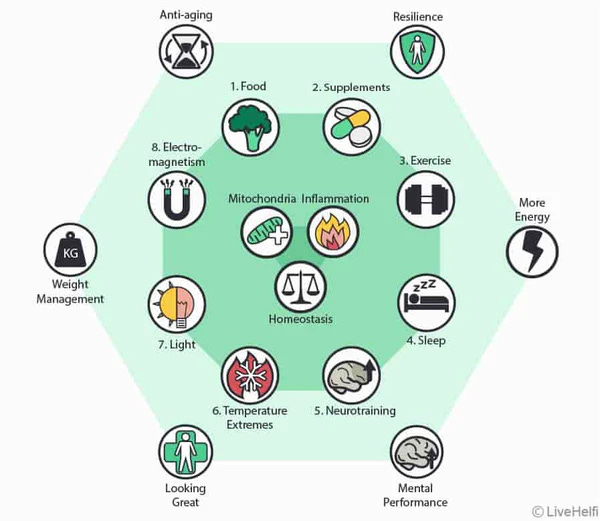James is not a doctor, but he’s had to become a lay expert in neuroscience and brain health following a medication-induced brain injury. He’s biohacking his way back to health and documenting hard-won wisdom along the way. He’s earning certificates in Therapeutic Coaching, Brain Coaching, and Functional Medicine to safely share this wisdom with others.
He spent most of his life as a mostly happy, healthy, high-performing individual. He was formerly a corporate director with a financial institution and an entrepreneur, co-founding a handful of small businesses and co-ops. He has an MPhil in Economics from the University of Cambridge.
He’s fortunate to continue working as a professor of business and economics at a small university in the Canadian prairies, and sometimes he performs as a professional musician.
About “biohacking”
Biohacking is about taking charge of your health and experimenting on your own body with DIY methods to find out what it needs to function optimally. The term “hacking,” borrowed from the digital realm, refers to shortcuts that can make exponential gains in function.
Many people who find themselves in difficult health situations naturally begin to experiment with techniques, technologies, and routines that aim for overall health. Various approaches are tested, one at a time, to understand their effects. If something doesn’t work, we’ll try something else.
One way of thinking about holistic health is like this:
Food, supplements, exercise, sleep, neurotraining, temperature exposure, biomodulation and electro-magnetism are all keys to modifying the body’s ability to regulate, heal, and maintain homeostasis. All of these approaches are being used and recorded through this journey.
Subscribe
Subscribe to receive each new entry to your inbox.



